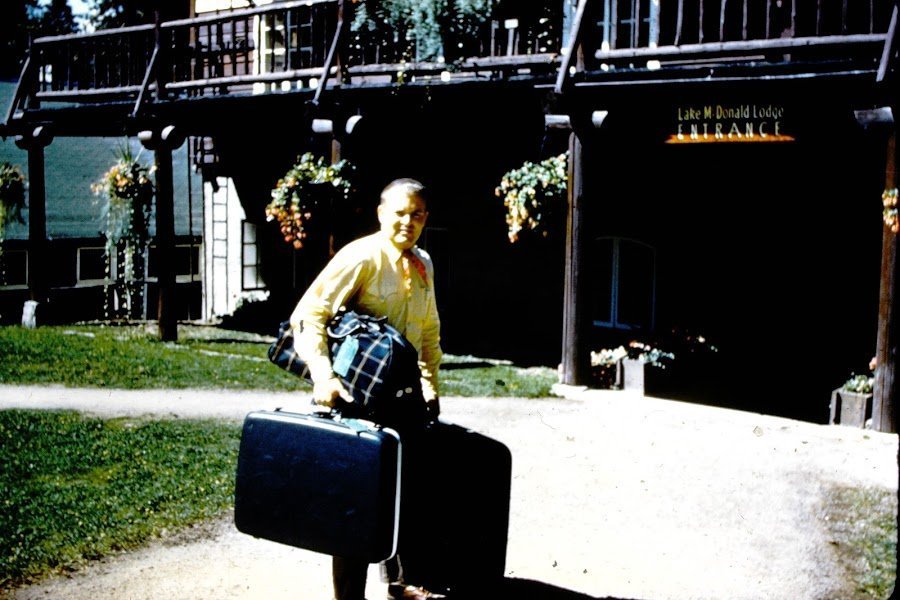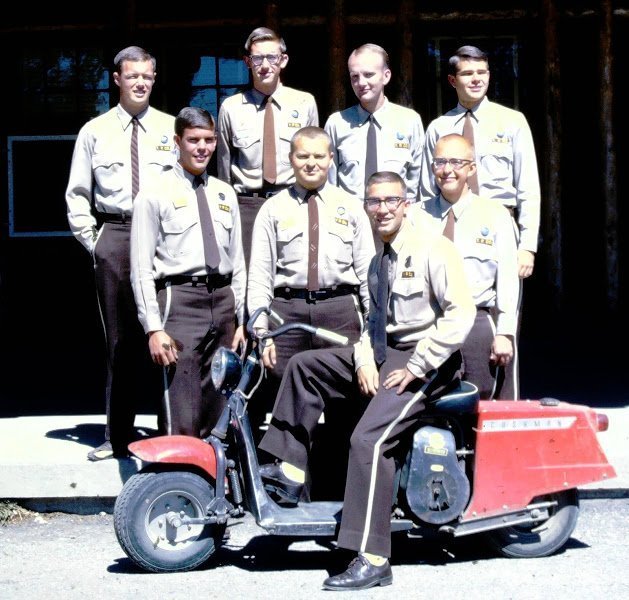Stone flies in Glacier National Park are unique aquatic insects facing significant threats due to climate change. Two species, the western glacier stone fly (Zapada glacier) and the meltwater lednian stone fly (Lednia tumana), inhabit cold-water streams fed by melting glaciers and snowfields. These insects play a crucial role in the park’s ecosystem but are now listed as threatened under the Endangered Species Act. Their survival depends on the preservation of cold, flowing water and the remaining glaciers in the park.
What Are the Specific Habitats of Stone Flies in Glacier National Park?

Stone flies in Glacier National Park have very specific habitat requirements:
- Water Temperature: They thrive in cold-water streams with temperatures typically below 8.0°C (46.4°F), often ranging between 33-45 degrees Fahrenheit.
- Stream Characteristics:
- Low variation in flow
- Cobble substrate
- Located in the alpine zone, generally above the treeline
- Water Sources:
- Glaciers
- Snowfields
- Ground springs
- Seeps
- Food Sources:
- Biofilm (mixture of bacteria, fungi, and algae growing on rocks)
- Golden algae (Hydrurus)
These specific habitat requirements make stone flies particularly vulnerable to environmental changes, especially those caused by climate change.
How Can We Identify Stone Fly Species in Glacier National Park?

Identifying stone fly species in Glacier National Park requires attention to specific details:
Western Glacier Stone Fly (Zapada glacier)
- Size:
- Adults: 6.5-10.0 mm in length
- Wings: Nearly as long or longer than the body
- Nymphs: Similar length to adults, but wingless
- Appearance:
- Body color: Brown
- Wing position: Folded over the back
- Antennae: Much longer than the head
- Seasonal Activity: Adults are typically observed in July and early August
Meltwater Lednian Stone Fly (Lednia tumana)
- Size: Similar to the western glacier stone fly
- Habitat: Exclusively in cold-water streams fed by Glacier Park’s melting glaciers
- Activity: Found in high-elevation alpine environments, similar to the western glacier stone fly
What Is the Lifecycle of Stone Flies in Glacier National Park?
The lifecycle of stone flies in Glacier National Park consists of several stages:
- Egg Stage:
- Eggs are laid in water
-
Duration of this stage is not specified in available sources
-
Nymph Development:
- Duration: 1-2 years
- Habitat: Fresh, running water
-
Activities:
- Roaming on stones
- Scraping nutritious material off rocks
- Shredding leaves
- Preying on smaller bugs
-
Emergence:
- Timing: Typically July and early August
-
Process:
- Nymphs move to the river bank
- Attach to a surface
- Shed their skin one last time
- Emerge as winged adults
-
Adult Stage:
- Lifespan: Approximately one week
- Primary activities: Mating and reproduction
- Fate: Often consumed by predators such as fish and birds
What Conservation Efforts Are in Place for Stone Flies in Glacier National Park?
Several conservation efforts are underway to protect stone flies in Glacier National Park:
- Endangered Species Act Protection:
- Both species listed as \”threatened\” in 2019
- Provides heightened habitat protection
-
Mandates creation of a recovery plan
-
Recovery Plan:
- Completed in January 2023
- Key components:
- Site-specific management actions
- Time and cost estimates
- Measurable criteria for delisting
-
Emphasizes need for:
- Cold, flowing water
- Over 3,000 acres of glaciers and snowfields
-
Research and Monitoring:
- U.S. Geological Survey (USGS) researchers collecting data for over a decade
-
Focus areas:
- Habitat requirements
- Population dynamics
-
Addressing Threats:
- Primary threat: Habitat degradation due to climate change
- Other threats:
- Warmer water temperatures
- Drought
- Human activities (e.g., gravel mining, floodplain development)
Why Are Stone Flies Important to Glacier National Park’s Ecosystem?
Stone flies play crucial roles in Glacier National Park’s ecosystem:
- Indicator Species:
- Their presence indicates healthy, cold-water environments
-
Sensitive to environmental changes, especially water temperature
-
Food Web Contribution:
- Important prey for fish, birds, and other aquatic predators
-
Help transfer energy from algae and biofilm to higher trophic levels
-
Nutrient Cycling:
- Assist in breaking down organic matter in streams
-
Contribute to nutrient cycling in aquatic ecosystems
-
Biodiversity:
- Contribute to the overall biodiversity of the park
- Represent unique adaptations to cold, alpine environments
What Challenges Do Stone Flies Face in Glacier National Park?
Stone flies in Glacier National Park face several significant challenges:
- Climate Change:
- Rapid melting of glaciers and snowfields
- Warming water temperatures
-
Altered stream flow patterns
-
Habitat Loss:
- Reduction in suitable cold-water habitats
-
Fragmentation of existing habitats
-
Human Activities:
- Gravel mining in river floodplains
-
Development and infrastructure projects
-
Drought:
- Reduced water availability
-
Increased stress on aquatic ecosystems
-
Competition:
- Potential invasion by warm-water adapted species
- Shifts in food web dynamics
How Can Visitors Help Protect Stone Flies in Glacier National Park?
Visitors to Glacier National Park can contribute to stone fly conservation:
- Stay on Designated Trails:
-
Minimize disturbance to sensitive alpine habitats
-
Practice Leave No Trace Principles:
- Properly dispose of waste
-
Avoid polluting water sources
-
Educate Yourself and Others:
- Learn about stone flies and their importance
-
Share knowledge with fellow visitors
-
Support Conservation Efforts:
- Donate to park conservation funds
-
Participate in citizen science projects when available
-
Reduce Carbon Footprint:
- Use park shuttles when possible
- Practice energy conservation at home
By understanding and appreciating the unique stone flies of Glacier National Park, visitors can play a role in preserving these fascinating insects and their fragile habitats for future generations.
References:
1. https://www.mtpr.org/montana-news/2019-11-21/climate-change-impacts-push-glacier-park-stone-flies-to-threatened-status
2. https://www.mtpr.org/montana-news/2020-05-22/glacier-parks-stoneflies-occupy-more-habitat-than-once-thought-researchers-say
3. https://flatheadbeacon.com/2023/01/23/final-recovery-plan-completed-for-endangered-glacier-stoneflies/